Should There Be A Permanent Remote School Option?
There are many kids for whom remote learning worked really well. Why should it not be offered going forward?
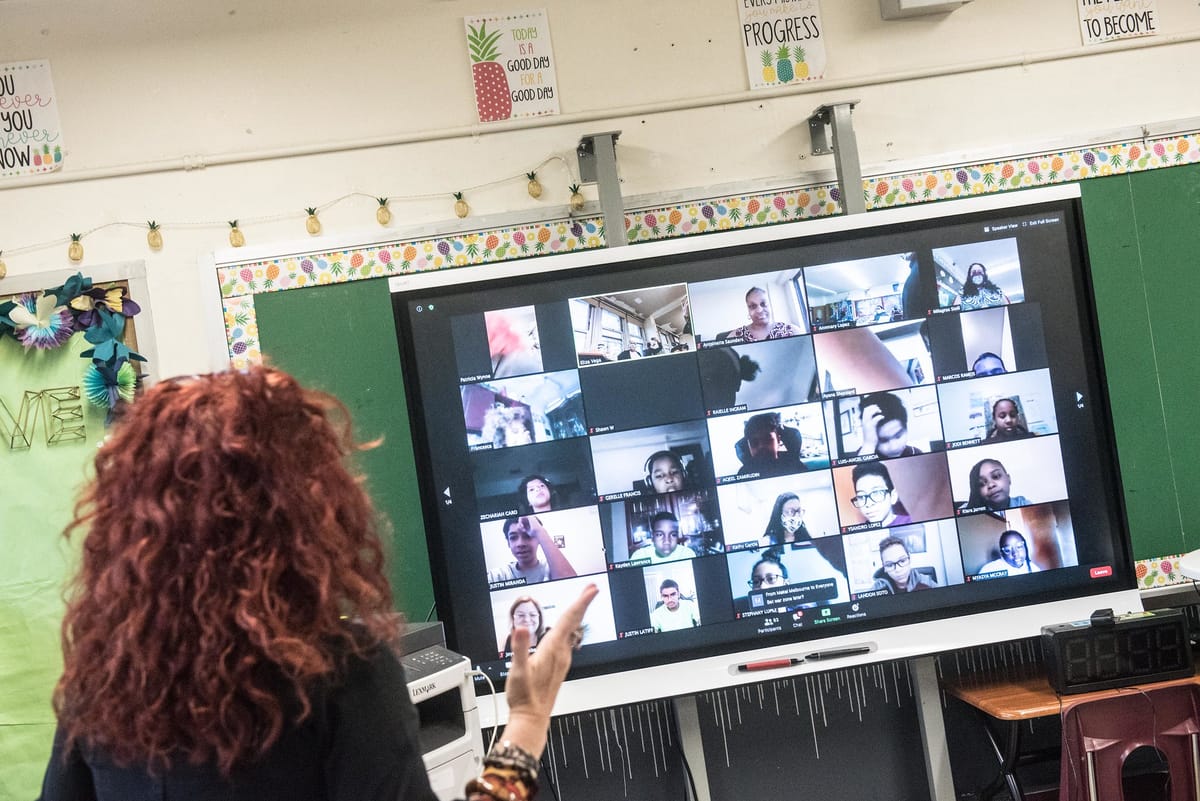
When Mayor Bill de Blasio and Chancellor Meisha Porter announced in May that all of New York’s public school students will be returning to school in-person, with no remote learning option, there was shock and disappointment among educators and parents of public school students who felt remote learning should continue to be an option with the ongoing pandemic.
It has also made some of these parents and educators wonder if the Department of Education (DOE) should implement a permanent remote learning option. Given how the pandemic has forever changed how children can be educated, this is an idea that has some thinking deeply on.
“I think there’s an opportunity to take advantage of a style of learning that might be more effective for some students,” says Cheri Fancsali, the Deputy Director at the Research Alliance for New York City schools at NYU Steinhardt. "[A]lso it might address some of the health concerns and needs, particularly of students who are immunocompromised or have other health issues that might make it unsafe for them to do in-person learning.”
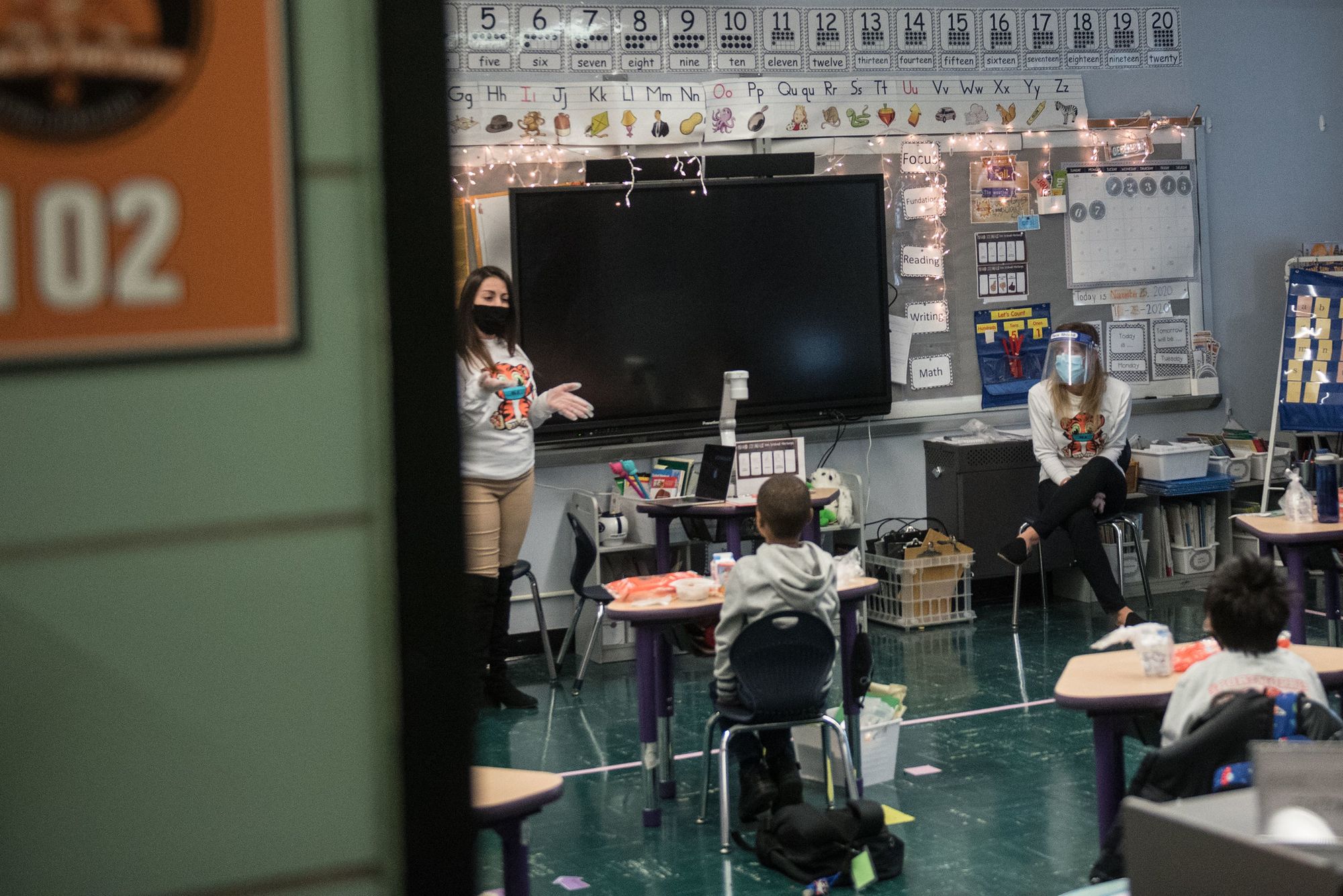
What’s best for many, may not be best for all
Bklyner spoke to many teachers and education advocates about the possibility of the DOE having a permanent remote learning option. Most support this option for students, especially for those with disabilities and social anxiety.
“It’s a shame that kids aren’t given the option to choose some sort of remote, especially kids with mobility issues or accessibility things,” says William Johnson, some of whose special education students at Leon M. Goldstein High School for the Sciences in Manhattan Beach benefitted from remote learning.
“I think a kid with serious mobility issues, not having to navigate transportation to and from school would certainly make their lives easier. High school-aged kids with disabilities are often dealing with different kinds of social anxiety or being marginalized, being bullied, and I think some of them were spared that in the last year,” Johnson explained.
“There are students for whom it worked really well,” says a middle school teacher from Crown Heights who asked to be named Kaia to remain anonymous. She explains how a former student of hers with social anxiety felt overwhelmed during a recent back-to-school event. “He was so overwhelmed being in a room with 32 other students. He had to leave the room to collect himself. He’s really scared to go back full-time [with] full classes.”
Other reasons why there is support for a permanent remote learning option include high school students who need to work part-time to help their families, potentially smaller class sizes, and even because the school itself is unsafe due to student violence or the school safety agents patrolling the building, as one student told Kaia.
DOE's Home Instruction Program or Remote Learning?
There is also the opportunity to use remote learning in place of the DOE’s Home Instruction Program, which provides at-home teaching a few hours a day for students with health or medical issues, including psychological.
“There will always be kids who will need to be at home,” says Clinton Hill resident Lori Podvesker, who has a son who is nonverbal and has cerebral palsy. She is the Director of Disability and Education Policy with IncludeNYC and also the Vice-Chair of the DOE’s Panel of Education Policy (PEP).
“Home Instruction can also be used for students who already are receiving special ed services and/or Section 504 plans. The criteria is not only medical needs. It’s also for students who have emotional and psychological needs that impact their daily lives enough that they need reasonable accommodations.”
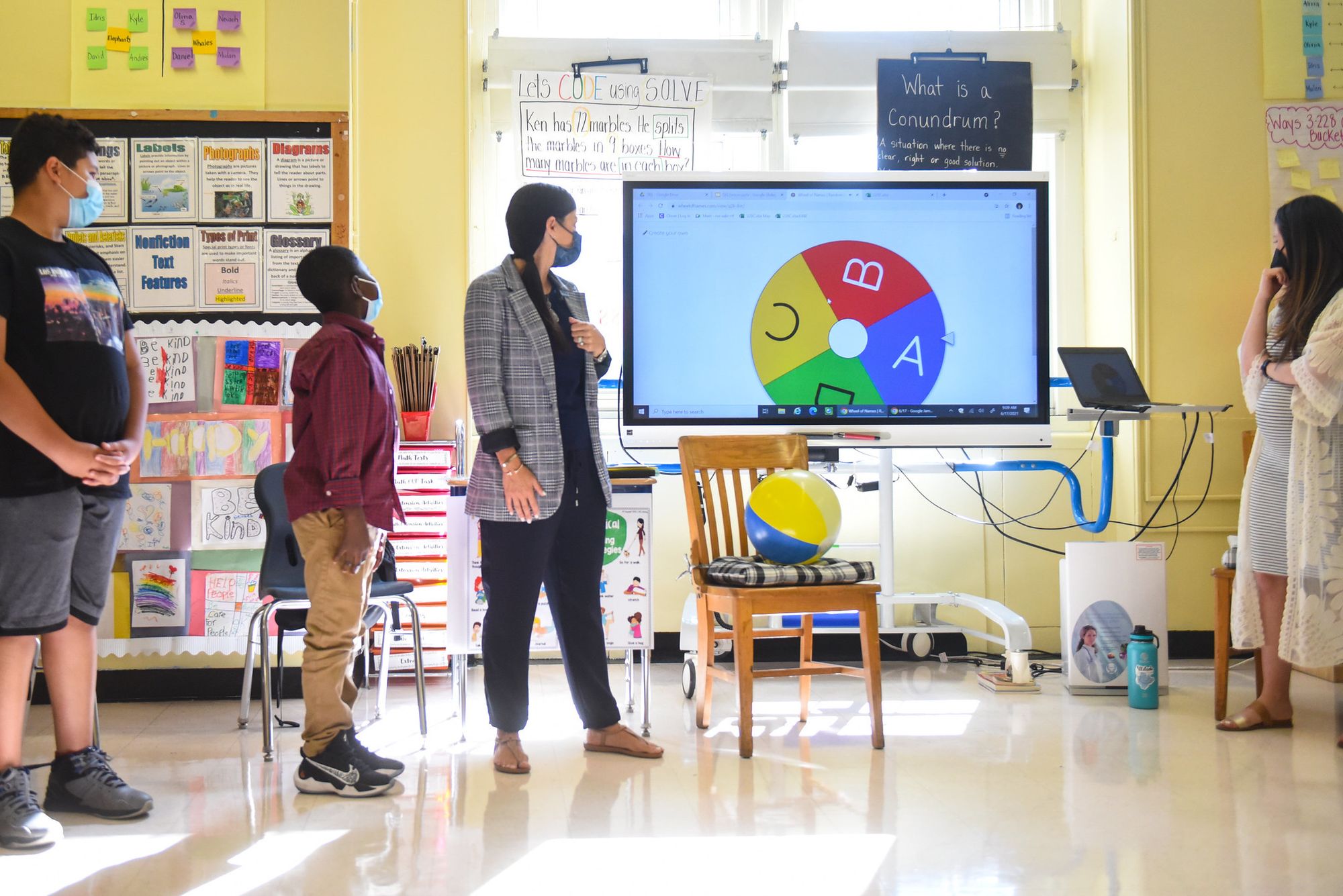
Podvesker wonders if more students would be able to meet the criteria for home instruction because so many public school students have experienced emotional trauma since the start of the pandemic.
Although Johnson says students with social anxiety would benefit from remote learning, he also says keeping such a child at home all the time would not be best. Instead, he believes that the DOE needs to concentrate on hiring more guidance counselors and social workers to help children with social anxiety to ease their way back into a traditional school environment.
“The city has to make a space for all these things,” he says. “I think for a kid with social anxiety, there should absolutely be space within the day where they can work through that, whether they’re at home or in the building. I think it’s much more of a priority for the people who work in the schools than it is for the people who are calling the shots right now, unfortunately.”
Ava Cotlowitz, an art teacher who lives and works in Gowanus, is not too keen on a permanent remote learning option. She says, based on her experience, in-person learning is far more beneficial for school children.
“I do know there are some cases in which there are students at my school,” Cotlowitz says, “Who really benefited from remote learning in a kind-of controlled setting and the digital aspect of education was really helpful in helping students succeed academically. It can depend on the subject. But I do think ultimately, the relationships built with teachers and students, and with students and other students are, from my perspective, way deeper, and more expansive if they’re taking place in-person.”
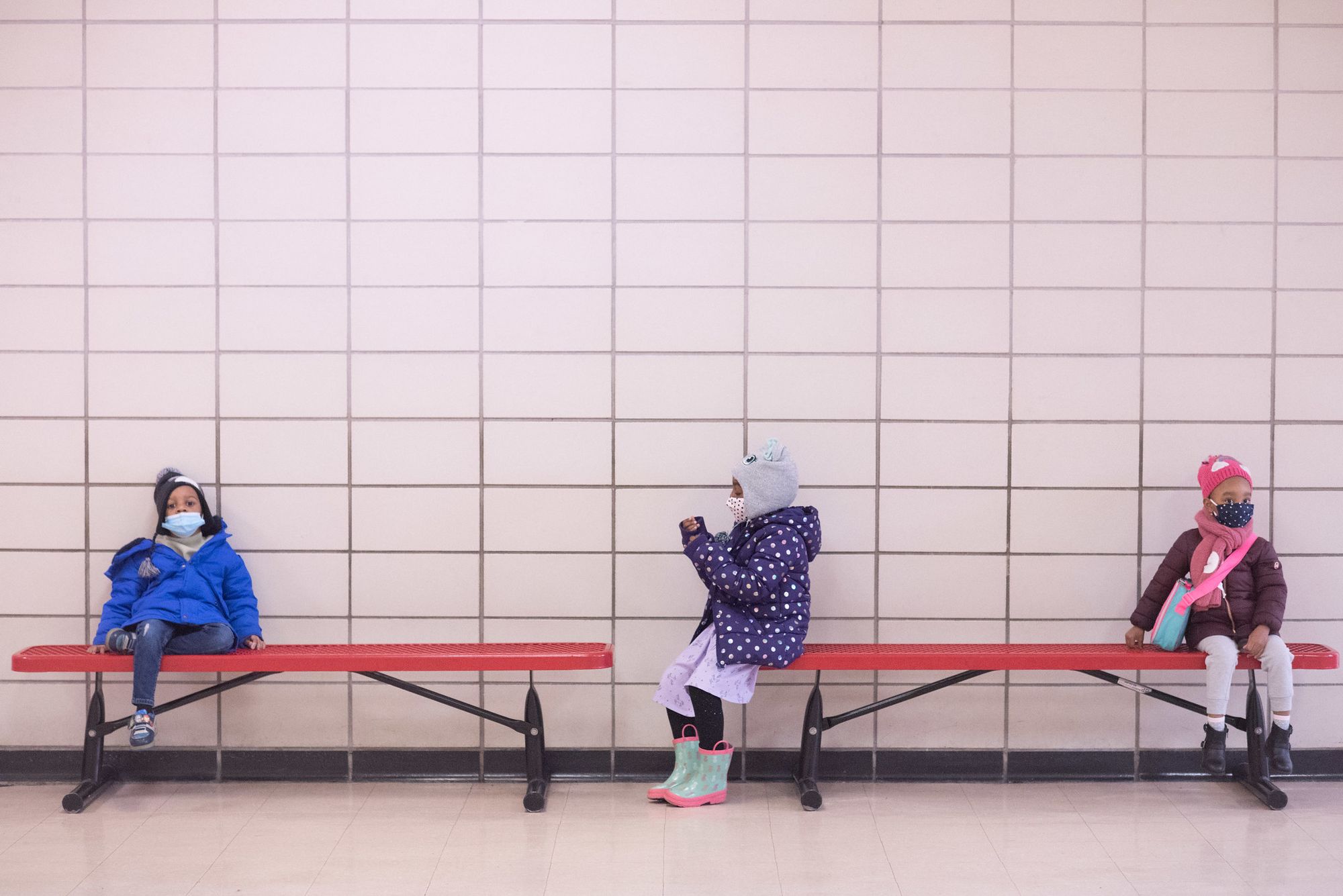
Improving the Remote Experience
Making remote learning a more successful academic experience will be another aspect to focus on if the option were to be implemented. Even though some students thrived from learning online, many fell behind academically. Among the reasons were teachers struggling to connect with their students via a digital screen.
Cheri Fancsali explains that if the pandemic taught educators anything, it taught them that what works well in the classroom does not always work over Zoom.
“There’s a different kind of skill set and pedagogy that’s involved in remote learning that makes it successful,” she says. “That means you need teachers that have those kinds of skills in that capacity, likely involving professional development but also making sure they’ve got access to the right materials, curriculum and resources that they need to meet the learning goals that the students have. That makes it a very kind-of complicated endeavor for the school system to figure out.”
Lori Podvesker believes an entire model has to be designed so remote learning can be efficient.
“If there is to be a remote instruction model, if the student is to be there for three months or a whole school year,” she says. “We have to build that model. The curriculum has to be built for being delivered remotely. It needs to be standardized. There needs to be accountability measurements built into it so we can see how students are doing and if they’re making progress. And if not, what does the remedy look like?”
A New District For Remote Education?
Kaia thinks it would be ideal for remote learning to have its own district, much like how District 75 is not really a district but a citywide program for students with special needs. This way, she says, teachers would be in charge of the academic part as they usually are, while parents and students are consulted to make remote learning at home easier.
This is something Tajh Sutton, the president of Community Education Council (CEC) 14, and the director of Teens Take Charge, also would like to see.
“If this is to be a long-term fix,” Sutton says. “It really has to be something that is community-centered so that educators, school, staff, parents, and students really have a say in how they’re learning. We have to think about, both in-person and virtually moving forward, how we create a more human-centered schooling.”
Another reason why many students struggled with remote learning is they were one of the thousands of New York public school students who did not have access to a technology device that would allow them to access their lessons online, the devices did not work, or WiFi was weak.
“Just thinking about that, and thinking about a permanent remote learning option,” she says, “There’s going to be a class of children who have access to that, and a class of children who do not. I think that the Mayor, the Department of Education, the UFT, the Chancellor, they really have to be thinking more about marginalized students and staff. It has to be with those folks in mind, otherwise, even with the best of intentions, we’ll see things fall apart.”
Being able to determine when a student is struggling emotionally or mentally during online learning is another challenge educators face, and the potential for reporting child abuse is less when a student is not seen in person.
“It makes it harder for teachers to assess how their students are doing on an emotional basis,” Fancsali says. “If you’re only seeing them online or via Zoom. It can be harder to touch base with them to address those needs. I think it can be done, but it is more challenging and different than what it looks like in-person.”
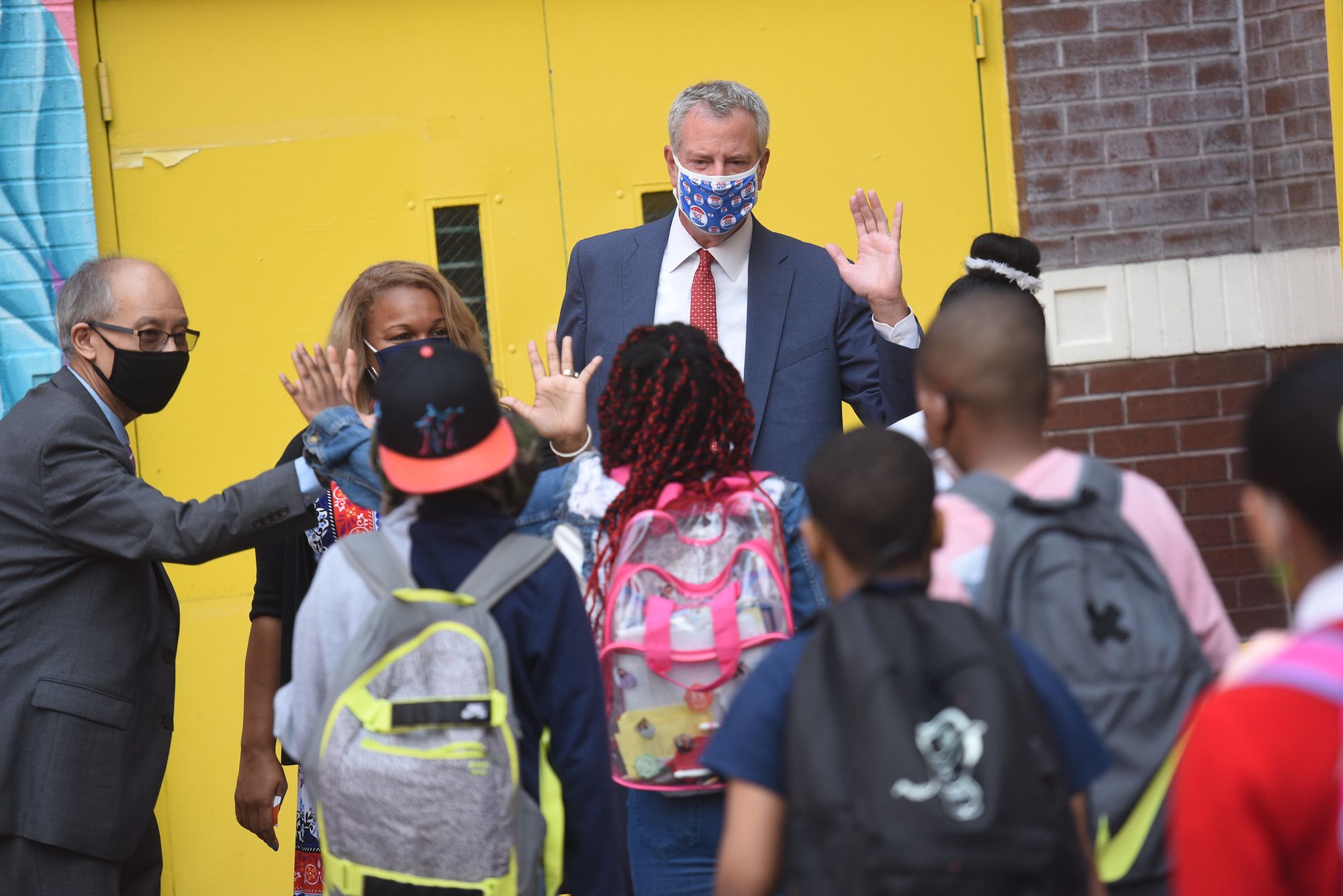
Not Optimistic About The City’s Response
Although the educators and education advocates Bklyner spoke to believe a permanent remote learning option within the DOE would be a good idea, they are not optimistic that the city would be looking into it anytime soon, even if remote learning might be here to stay despite what Mayor de Blasio and Chancellor Porter want for the coming school year.
“I think we’ve learned that things are really unpredictable right now,” says Johnson. “So why wouldn’t we have a remote option ready so that if there’s a new variant or something happens, we can make that pivot and it’s so much smoother than before.”
“To me, it seems kind of inevitable,” Kaia says. “This pandemic may not be isolated. There may be more of this in store for us. I feel there are other things that we may not be able to predict right now that might cause further remote learning in the future. It’s just a question of how behind the curve the DOE would be. I hope the DOE will get on top of it soon.”
In response to Bklyner’s inquiry over whether the DOE would ever consider making remote learning a permanent option, associate press secretary Sarah Casasnovas replied:
“Our young people cannot lose another year of in-person learning, which is why we are welcoming all students back on September 13th. Our multi-layered approach to safety has made schools among the safest places to be in the city, and schools are inviting families to open houses this summer where they can see it for themselves. As has been the case throughout the pandemic, all of our decisions are based on the health and safety of our students, and we will welcome back all students in September.”



